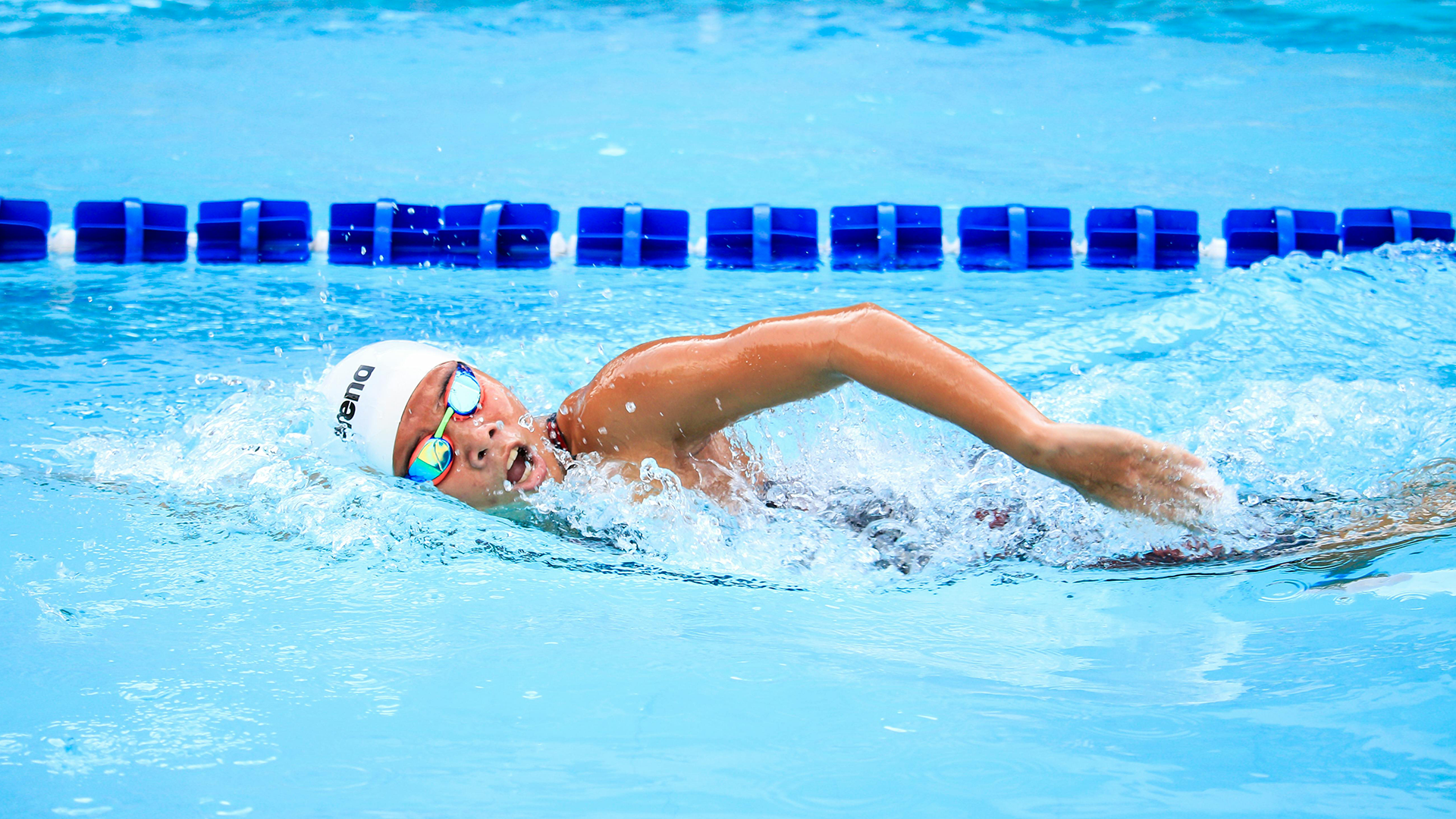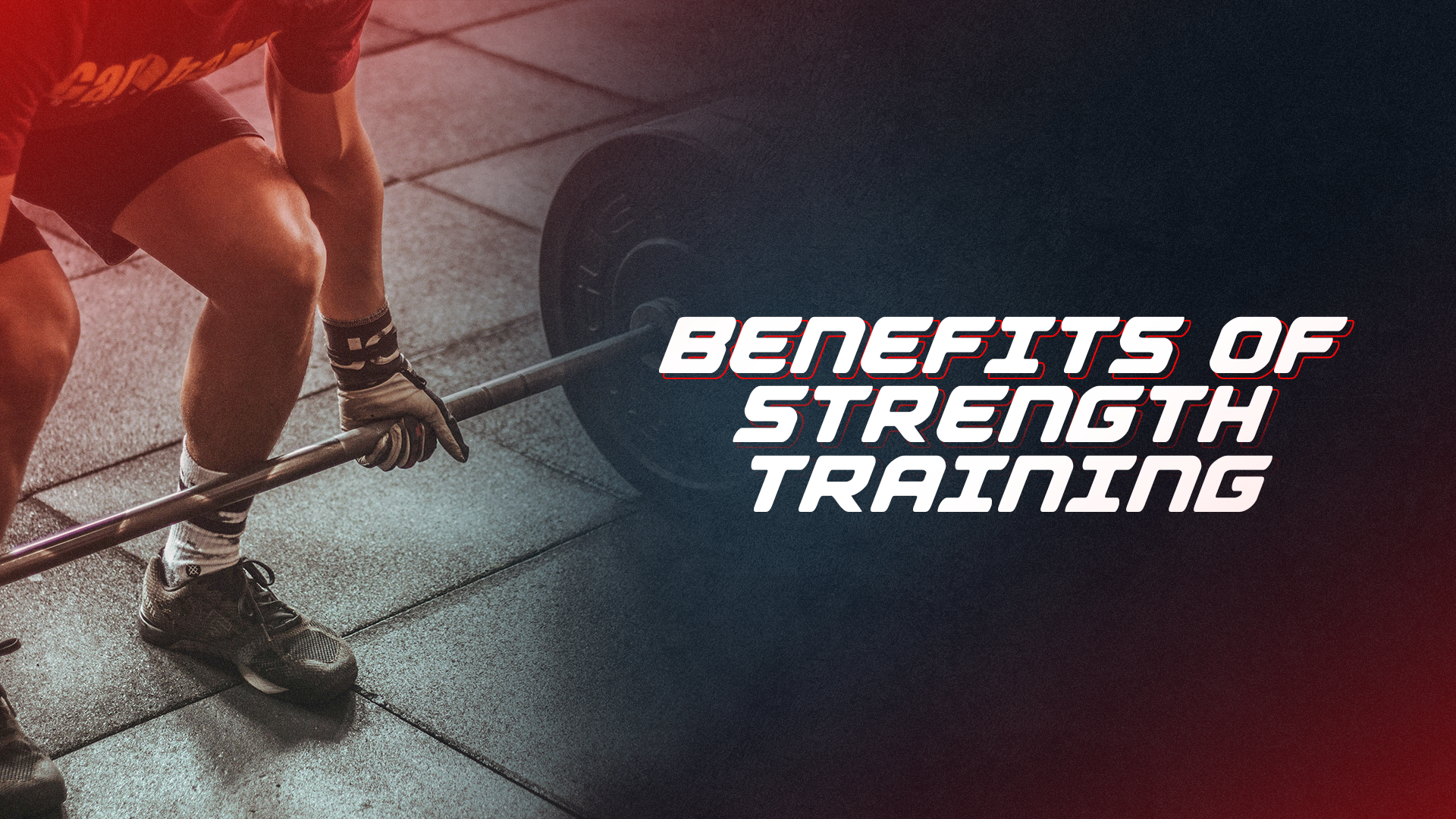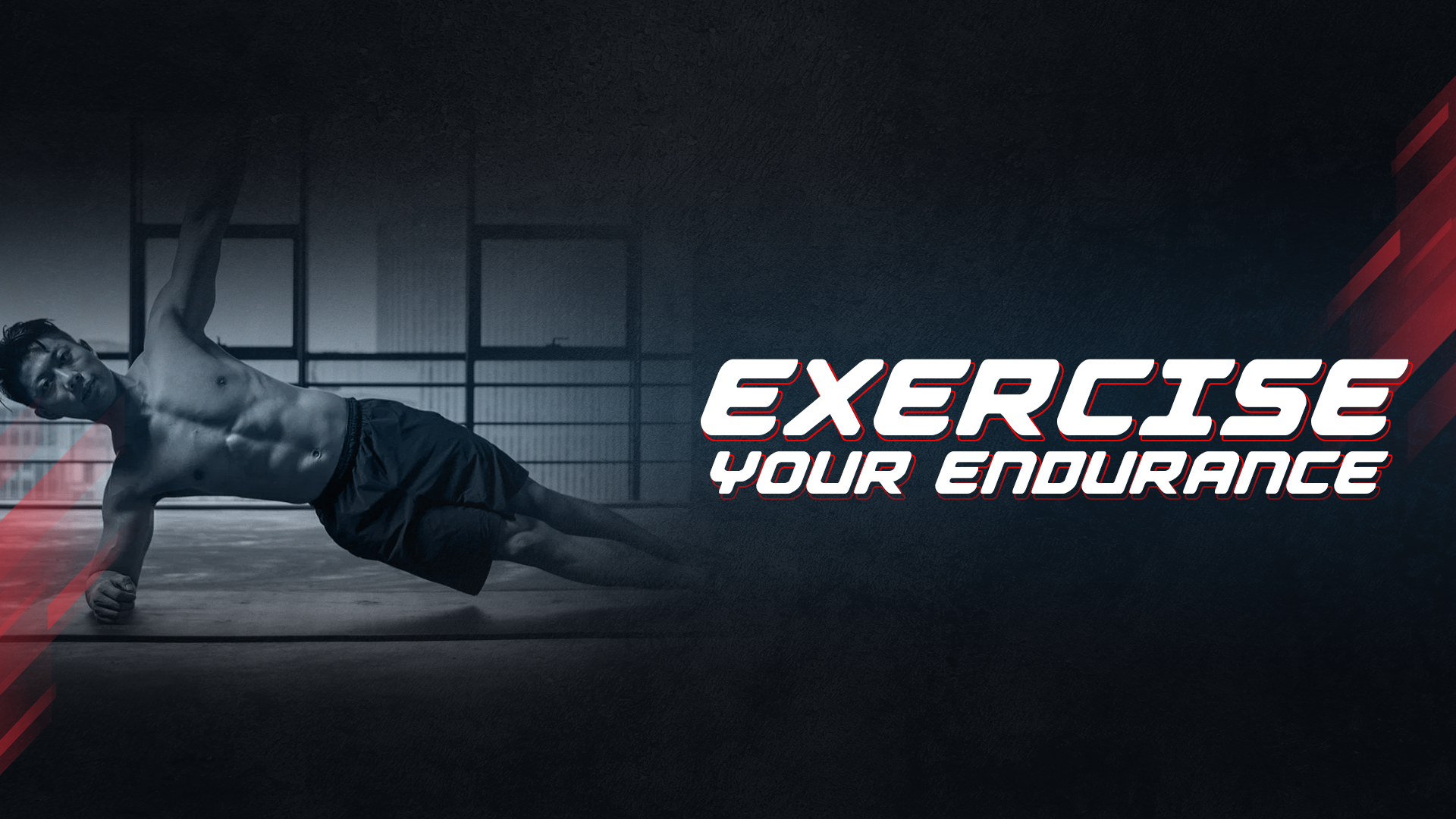How Soccer Players Can Get Injured Less Often
Injury prevention can be a misleading term
More often than not, soccer coaches and players are under the impression “injury prevention” is a magical, stand-alone program filled with balance drills, BOSU balls & instability pads.
If soccer players were only performing balance drills during their off-field training, they would be doing their bodies and performance a major disservice.
Looking at the game of soccer: There’s a tremendous amount of high-intensity, muscle-fatiguing movements for a long period of time. Therefore, it’s absurd to think simple balance drills will really do the trick of safeguarding our players from injury.
With that said, the best injury prevention is a comprehensive strength and conditioning program that addresses several pieces and is performed for the long haul.
Since preventing injuries is a whole lot more than balancing on BOSU balls, let’s take a look at what else is key for keeping soccer players healthy.
Proper Warm-Up
If coaches want to take immediate action on injury prevention, they can start by executing a proper warm-up.
We prefer the FIFA11+ Warm-Up because there is extensive research backing its ability to prevent injury. A study in the British Medical Journal found that youth soccer teams that performed the 11+ Warm-Up at least twice a week had 37% fewer training injuries, 29% fewer match injuries, and nearly 50% fewer severe injuries over their next 1,000 hours of play than teams who continued using their usual warm-up.
Moreover, the FIFA11+ Warm-Up takes less than 10 minutes to perform and is easy to do on the pitch before training and games.
A good warm-up must prepare players for the actions they’ll encounter in the game, address movement in all planes of motion, and activate the muscles used for maximal speed sprinting and cutting. The last thing we want is for a player to go in cold and unprepared to run their first sprint or make their first change of direction at full speed.
Movement Quality
How do your players move? Elegantly or awkwardly?
If you said the latter, we’re going to have a problem.
The first thing we look at when it comes to movement quality is coordination. Can they sprint with contralateral, clean mechanics? How is their gait pattern? Are they favoring one side of their body and compensating on the other side?
Movement quality is important, especially for a soccer player who plays 90 minutes. We do not want someone who is overusing one side of their body and being unbalanced for that length of time.
Here are some basic coordination drills to try that augment movement quality:
Strength
As a sports scientist, Dr. Tim Gabbett says, “Athletes must load in order to handle the load.”
To that end, balance drills will help players develop a basis of single-leg stability, but the law of diminishing returns will soon creep in.
Strengthening, then, becomes an important part of the injury prevention recipe.
So what are the best strength exercises for soccer players? We like to program the major muscle groups involved in all the actions of soccer, especially the most demanding actions. Utilizing movements like Split Squat variations, Lunge variations, Pull-Ups, Push-Ups, and Single-Leg Deadlifts is excellent. In fact, the Single-Leg Deadlift is my favorite movement for injury prevention because of its eccentric load component on the hamstrings, which helps players decelerate safely when changing direction or jumping.
Deceleration and Acceleration
Speaking of changing direction, proper deceleration and acceleration mechanics are very much a thing.
In terms of injury prevention, can a player lower their center of gravity when pumping the brakes? Does a player even have the strength to pump the brakes? Here is a drill to try once players establish their strengths:
To get more technical, can a player utilize the proper shin angle to change direction efficiently without blowing out a knee?
We highly recommend checking out speed and agility coach Lee Taft when it comes to agility mechanics. They are paramount for reducing the chance of injury, as most players tear their knees or roll their ankles from a cutting movement
Sleep and Stress
Beyond the physical components of injury prevention, we must not ignore the mental components. Lack of sleep and high stress has a way of decreasing cognition and ruining decision-making in soccer players. Since the nervous system plays a role in the actions of the muscles, proper sleep, and stress management must be incorporated into an injury prevention program and reinforced by coaches.
If your players are under duress, have them try this diaphragmatic breathing drill pre-competition Diaphragmatic breathing is extremely powerful for tapping into the parasympathetic nervous system, which plays a role in calming athletes down and allows them to think more clearly. Make sure you address all of these in order to reduce your players’ chance of injury.
Which of these components could you do more with your players? But more importantly, will you continue to execute these year-round?
After all, injury prevention, yes, has multiple factors, but it must be a nonstop program to protect our athletes and maintain their resilience for the long haul.


















